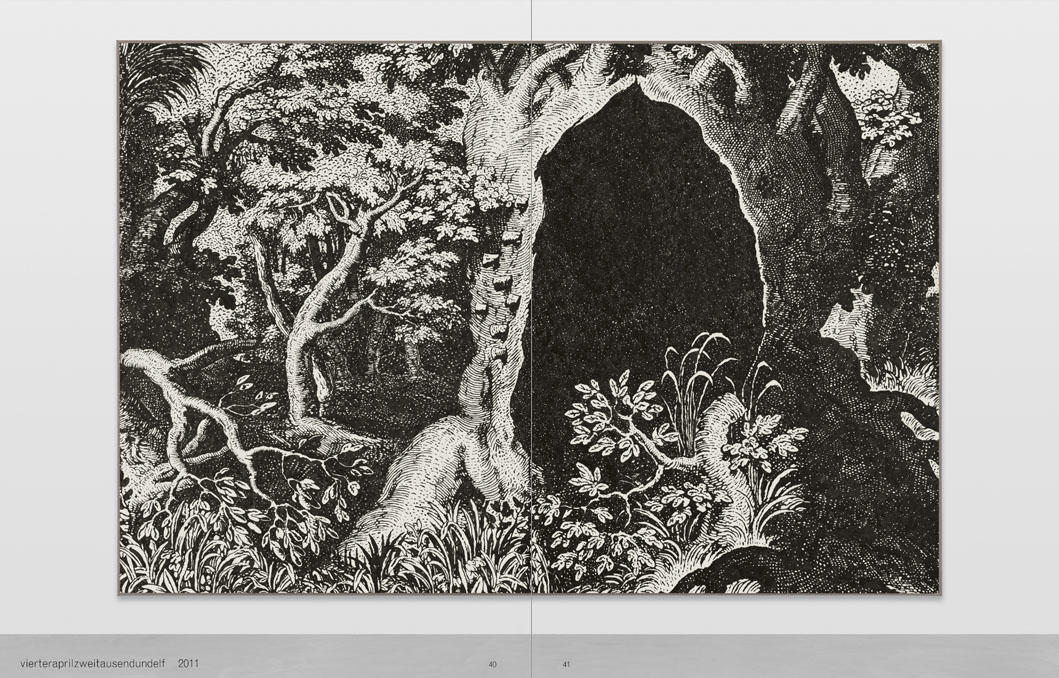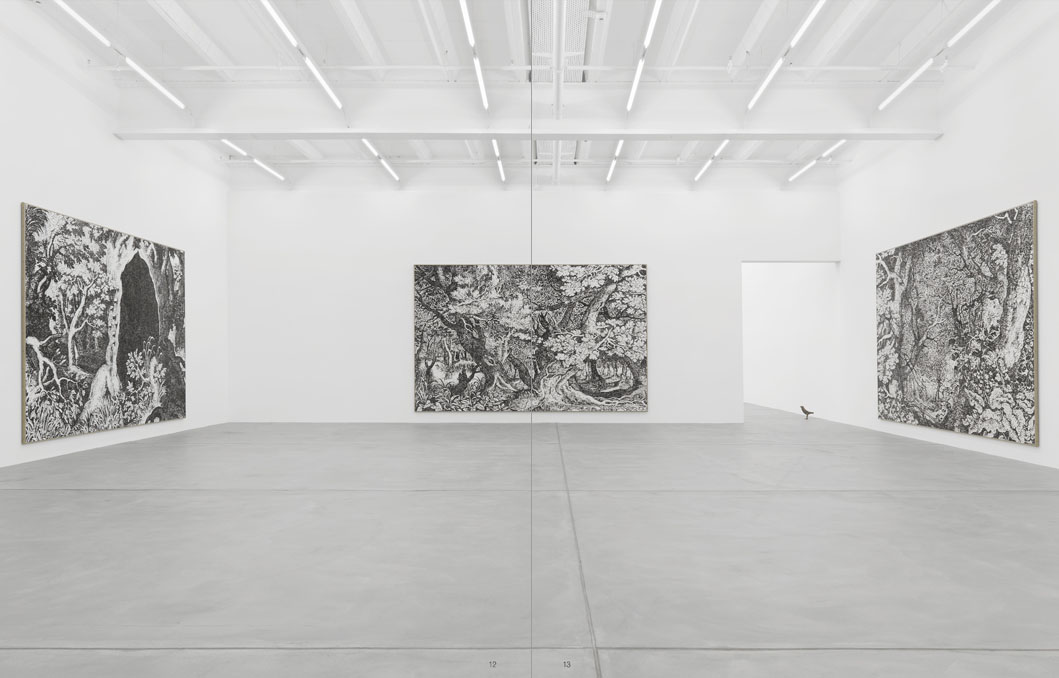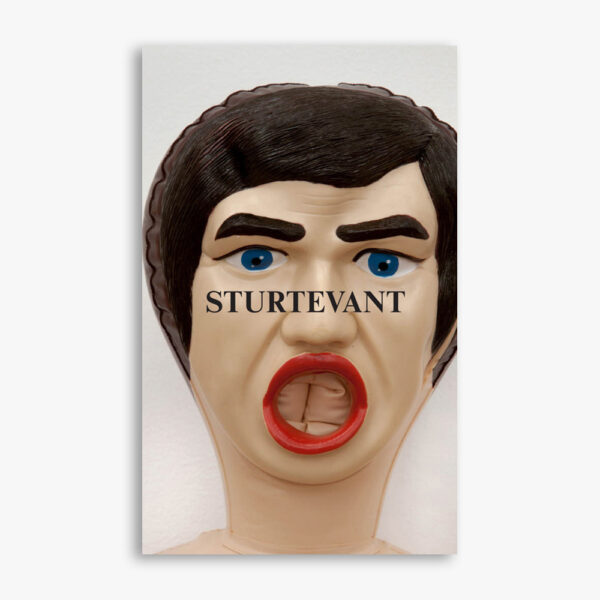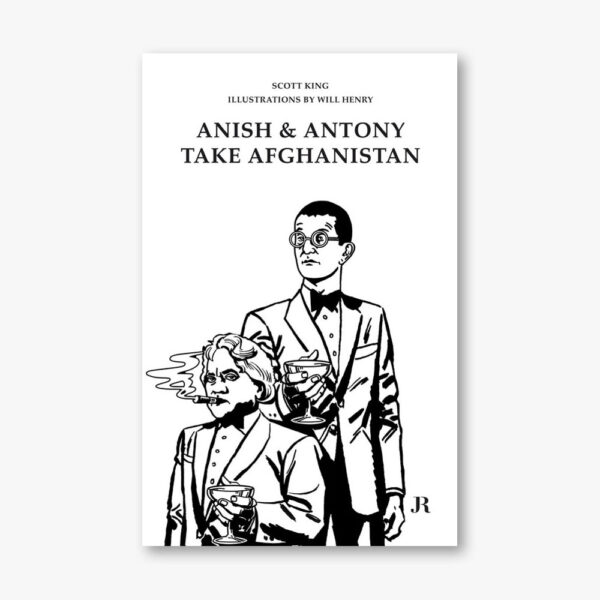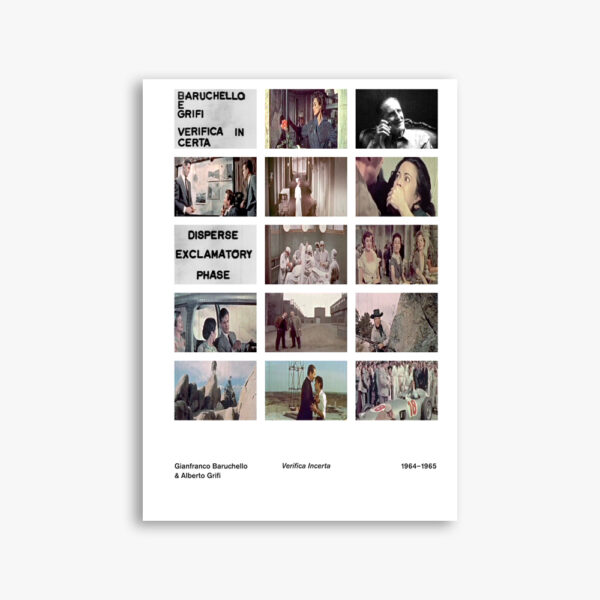The complete Landscape Paintings
Born in 1964, New York-based Swiss artist Ugo Rondinone is one of the leading voices in the contemporary visual arts. Using photography, video, painting, drawing, sculpture, sound, and text in turn, he is a virtuoso of forms and techniques. Rondinone particularly enjoys destabilizing the viewers’ perceptions and unsettling their certainties by developing surprising sensorial environments. Rearranging content and formal elements through a personal poetic filter while drawing directly on the outside world, he envelops the audience in a synesthetic experience.
The artist has developed very precise and repetitive series—clown sculptures and videos, target acrylic paintings on linen, rubber masks, aluminum face sculptures, oversized wax lightbulbs, striped paintings on polyester, stone sculptures, landscape ink painting, bronze still-life objects, video and sound installations—through which he explores themes of fantasy and desire, branching out in literature and poetry, contemporary cinema, and the visual arts.
A new series of three publications extensively documents three of his most renowned series: the Landscape Paintings, the Horizon Paintings, and the Sun Paintings. In the third volume dedicated to the Landscapes Paintings (1989–2011), critic and curator Bice Curiger proposes an historical and poetical reading of this body of work, while Kunsthalle Bremen Curator of Prints Anne Buschhoff offers an iconographic perspective on them. She concludes, “With his forest pieces, Rondinone has developed a private iconography of landscape—a pictorial reality, which plays with the purportedly real, and heightens it to the point of the surreal. In doing so, he opens spaces of imagination in the viewer. But above all, in doing so, he places nature entirely at his own disposal, turning it into the biographical. The forest is a psychological space—the forest is Rondinone.”

